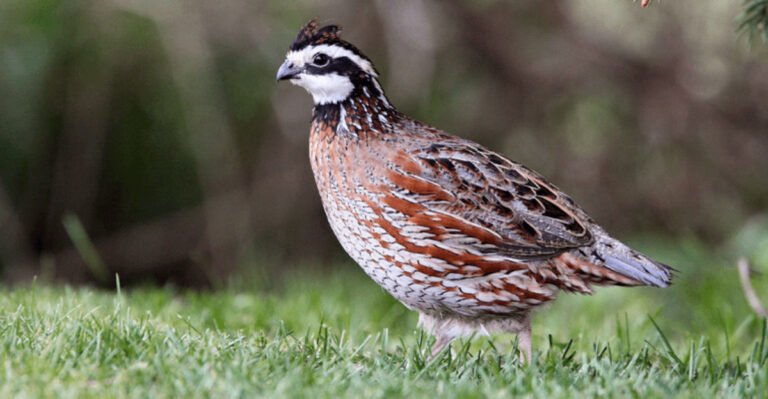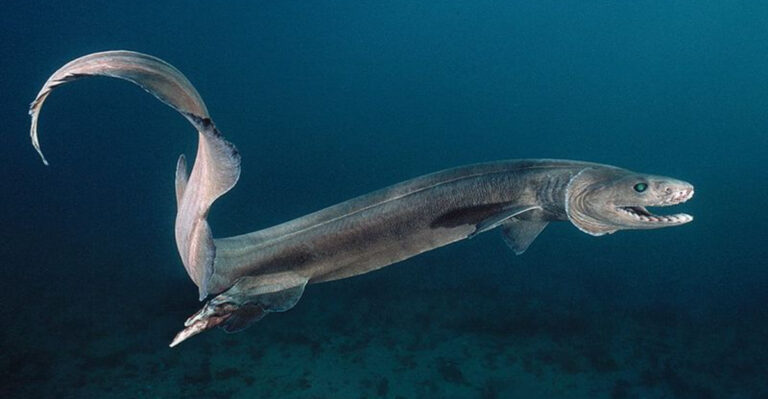15 Dog Breeds That Don’t Make The Best Pets
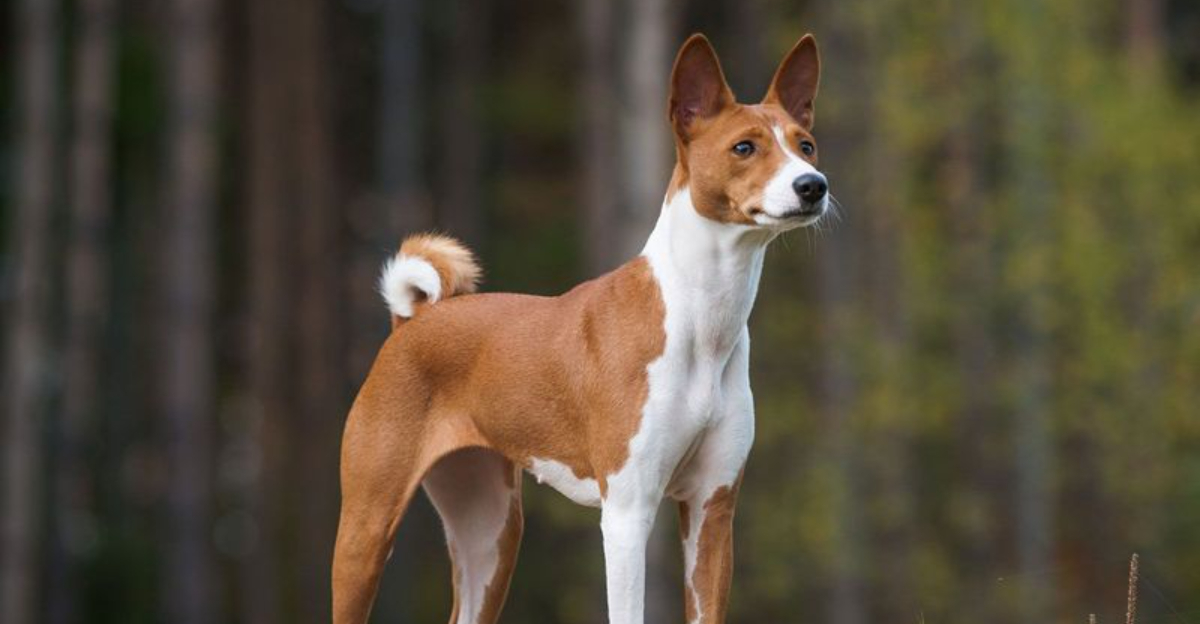
Not all dog breeds are suited for every household. While many dogs make wonderful companions, certain breeds require specific care, attention, and experience that not all pet owners can provide.
In this article, we’ll explore 15 dog breeds that may not make the best pets for the average owner due to their high energy levels, challenging temperaments, or special needs.
If you’re considering bringing a dog into your home, it’s important to understand the unique characteristics of each breed to ensure a good match for your lifestyle.
1. Tibetan Mastiff
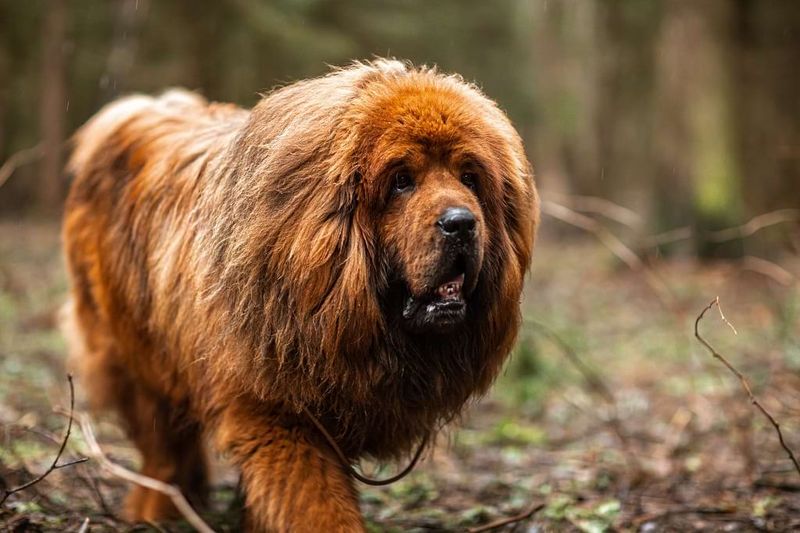
Behind that magnificent lion-like mane lies a fiercely independent thinker. Tibetan Mastiffs were developed to guard property without human direction, making them naturally stubborn and territorial.
Their thick double coat requires hours of weekly grooming and sheds tremendously. Apartment living is completely out of the question. Even in rural settings, these dogs need specialized containment systems as they’re master escape artists with little interest in pleasing humans.
2. Fila Brasileiro

Banned in several countries due to aggression concerns, the Fila Brasileiro demonstrates unwavering loyalty to family but extreme suspicion of outsiders. Their natural temperament includes something called ‘ojeriza’ – an inherent distrust of strangers that cannot be trained away.
They require an experienced owner who understands their protective nature isn’t a training flaw but a deliberate breeding trait. Without proper handling, their 150-pound frame and powerful jaw become serious liabilities.
3. Tosa Inu
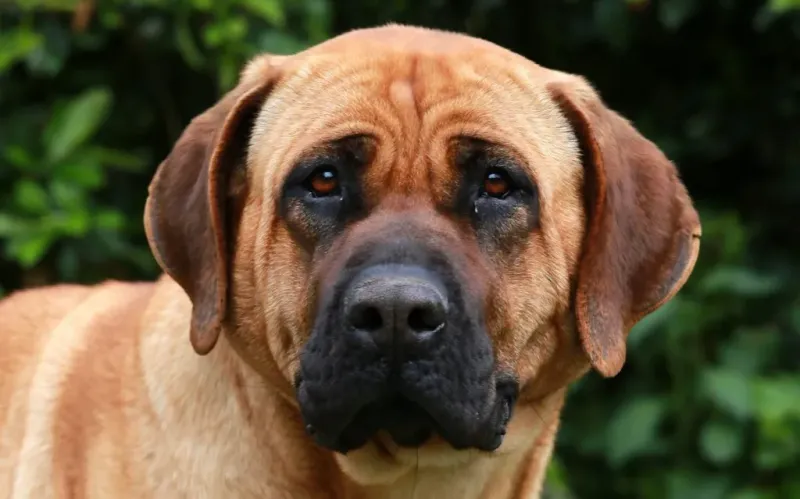
Developed in Japan specifically for dogfighting, the Tosa Inu carries genetic programming for combat that’s difficult to override. These massive mastiffs can weigh up to 200 pounds and possess tremendous jaw strength.
Their fighting heritage makes them challenging around other animals. Ownership is restricted in many countries, including the UK, Australia, and parts of Europe. Even experienced dog owners often lack the specialized knowledge needed to manage their complex needs.
4. Dogo Argentino

Created to hunt wild boar and puma, the Dogo Argentino packs serious muscle and hunting drive into its sleek white frame. Their prey drive remains incredibly strong, making smaller pets potential targets.
Completely deaf to commands when focused on something interesting, these dogs require constant vigilance. Their high exercise needs mean multiple hours of daily physical activity. Without proper outlets, they become destructive and can develop serious behavior problems.
5. Cane Corso
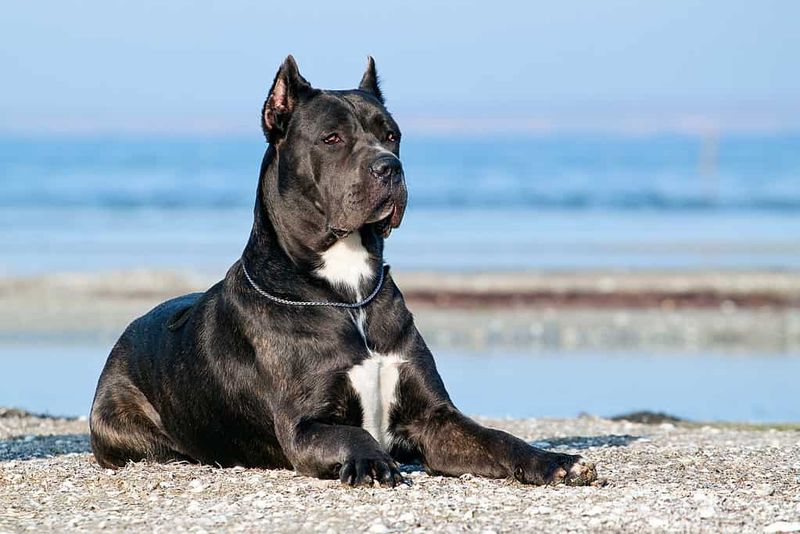
Roman war dogs reborn as modern guardians, Cane Corsos possess intense territorial instincts and formidable physical strength. Their protective nature makes them automatically suspicious of delivery people, visitors, and neighborhood children.
Without extensive socialization starting in puppyhood, they become liability concerns. They require an owner who understands dominant breed psychology and can provide consistent leadership. Their exercise requirements exceed what most working families can reasonably provide.
6. Presa Canario
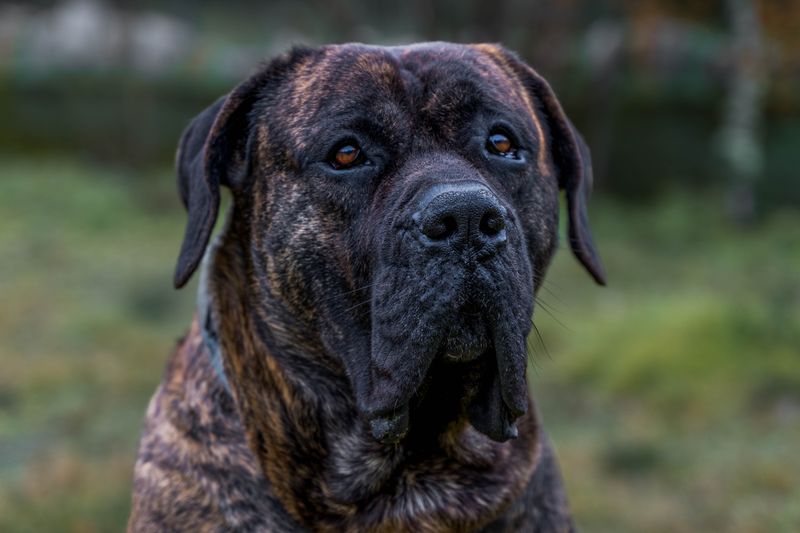
Notorious for several fatal attacks, the Presa Canario combines tremendous strength with a naturally dominant temperament. Their history as fighting and baiting dogs has created a breed with high prey drive and territorial instincts.
They require constant supervision around children and other animals. Their stubborn nature makes training challenging even for professionals. Housing insurance often specifically excludes this breed, creating additional ownership hurdles beyond their complex behavioral needs.
7. Chow Chow

Despite their teddy bear appearance, Chow Chows possess one of the most independent and sometimes difficult temperaments in the dog world. Their aloof nature means they often tolerate rather than enjoy human interaction.
Health issues plague the breed, including hip problems, eye disorders, and skin conditions requiring expensive veterinary care. Their thick double coat demands professional grooming every 4-6 weeks. Their natural suspicion of strangers makes socialization an ongoing challenge.
8. Alaskan Malamute

Built for pulling heavy loads across Arctic terrain, Malamutes possess incredible endurance and an unstoppable drive to work. Apartment living is completely unsuitable for these powerhouse dogs who need miles of daily exercise.
Their thick double coat creates a hair tsunami during shedding season. Escape artist tendencies mean standard fencing rarely contains them. Their prey drive makes them dangerous around cats and small animals. Boredom quickly transforms into destructive behavior that can demolish furniture and homes.
9. Caucasian Shepherd
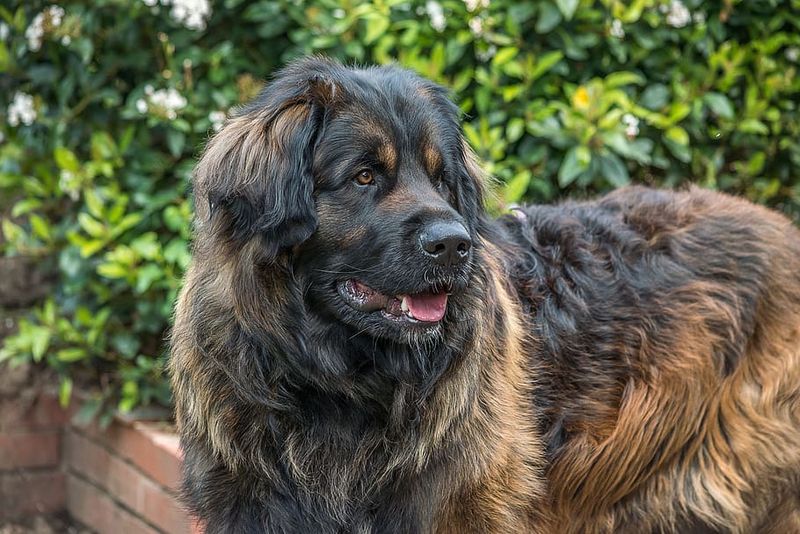
Originally bred to guard livestock against wolves and bears, these massive dogs weigh up to 200 pounds. Their protective instincts remain incredibly strong, making them suspicious of strangers and potentially aggressive toward other animals.
Caucasian Shepherds need extensive training from an experienced handler and acres of space to roam. Without proper boundaries and socialization, their natural guarding tendencies can become dangerous.
10. Shar-Pei

Those adorable wrinkles hide a host of health problems including skin infections, eye issues, and a painful condition called Shar-Pei Fever. Medical bills frequently reach thousands of dollars annually throughout their lives.
Temperamentally, they’re naturally suspicious and territorial. Many display aggression toward other dogs regardless of socialization efforts. Their stubborn streak makes training exceptionally challenging. The breed’s history as fighting dogs in China still influences their modern temperament.
11. Akita
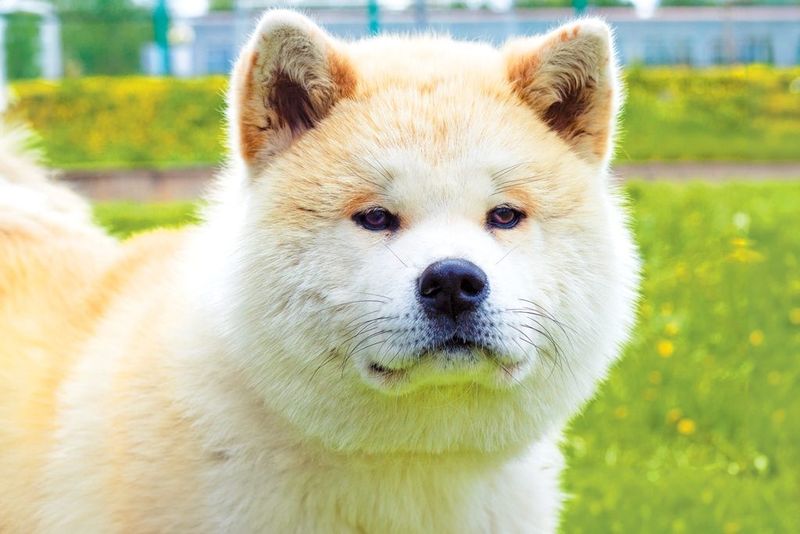
Revered in Japan for loyalty, Akitas nonetheless possess strong prey drive and same-sex aggression that makes multiple-pet households problematic. Their natural aloofness with strangers can escalate to aggression without careful socialization.
Stubborn and independent, they resist traditional training methods. Their thick coat creates significant shedding issues twice yearly. Multiple genetic health concerns plague the breed, including immune disorders that can cost thousands in veterinary care.
12. Bully Kutta
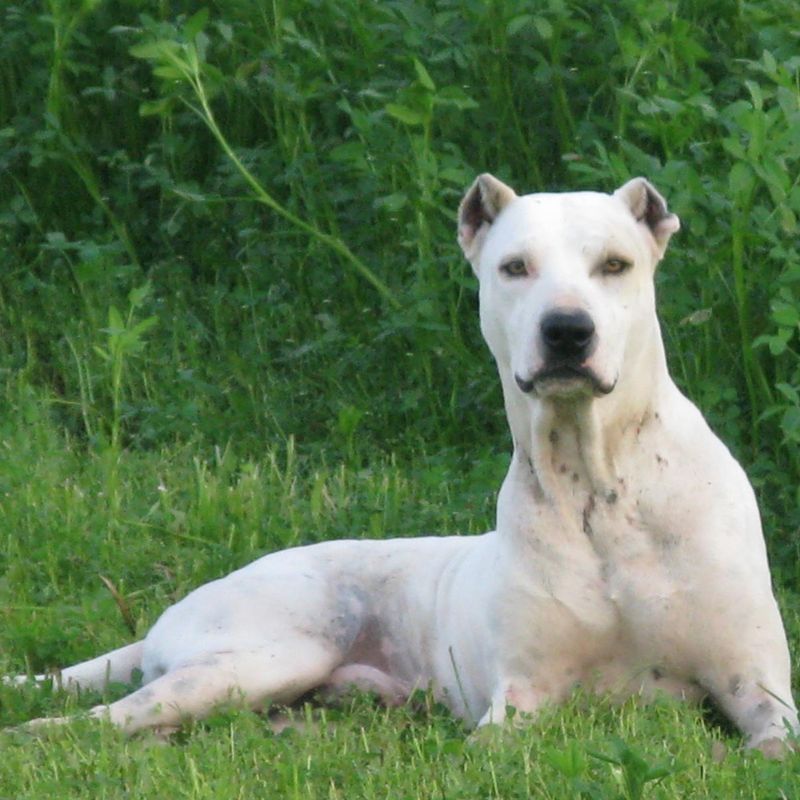
Relatively unknown in the West, this Pakistani mastiff was developed for bull baiting and dogfighting. Their natural aggression toward other animals remains strong despite domestication attempts.
Weighing up to 170 pounds, they possess strength that few owners can physically control. Their exercise requirements exceed what most families can provide. Their territorial nature makes them inappropriate for neighborhoods or homes with frequent visitors.
13. Wolf Hybrids
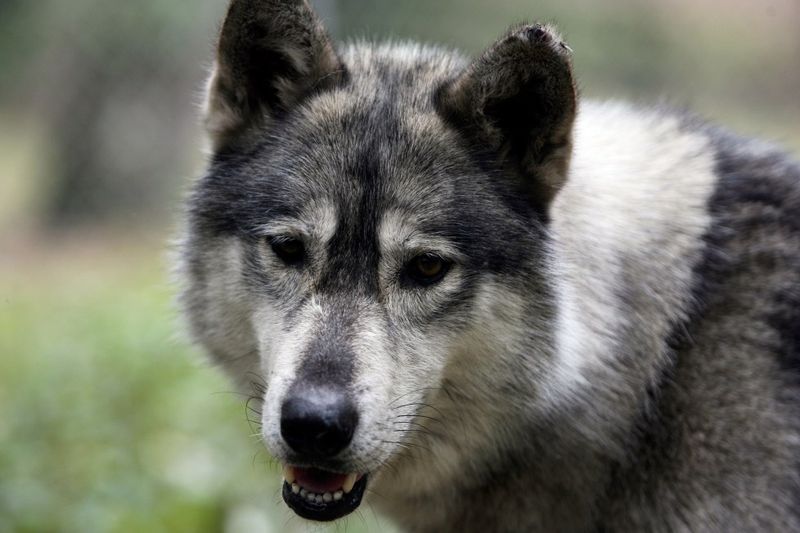
Part wild animal, part domestic dog, wolf hybrids present unpredictable behavior patterns that even experienced trainers struggle to manage. Their wild instincts can emerge unexpectedly, especially during maturity between ages 1-3.
Legal in only some states, they often require special permits and containment systems. Their prey drive makes them dangerous around small children and other pets. Veterinary care becomes complicated as many vaccines aren’t tested for wolf hybrids.
14. Basenji

The Basenji’s unique yodel-like sound is both charming and challenging. Known as the “barkless dog,” its vocalizations can surprise those expecting traditional dog barks.
Highly intelligent and independent, Basenjis are known escape artists, requiring secure yards and constant supervision. They thrive on adventure and may not suit a sedentary lifestyle.
15. Belgian Malinois
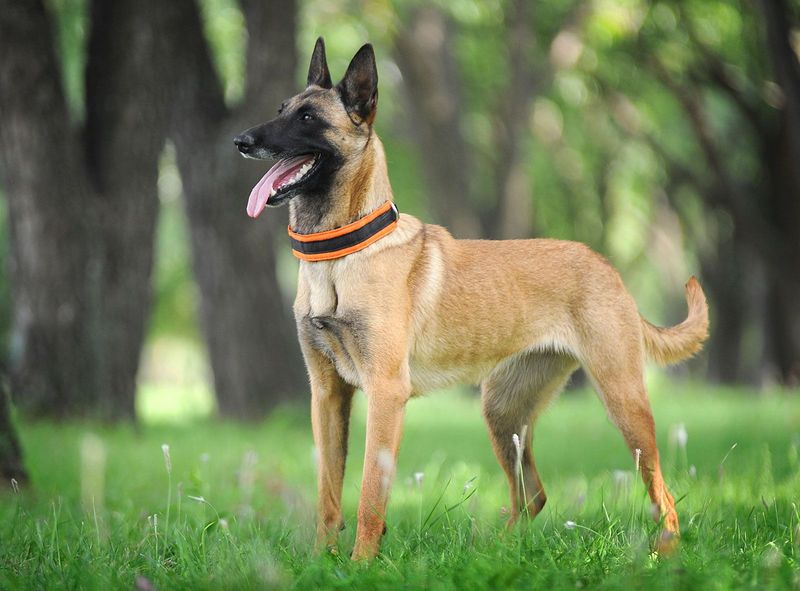
With agility and intelligence to rival any breed, the Belgian Malinois is often found on duty in police and military roles. Their drive to work is unmatched.
These dogs require significant mental and physical stimulation. Without it, they can become restless and even destructive. They’re not your typical house pet.
Belgian Malinois form strong bonds with their owners, yet their protective nature can be overwhelming in a household setting. For experienced handlers, they are exceptional partners but challenging for novices. Are you equipped to meet their needs?



